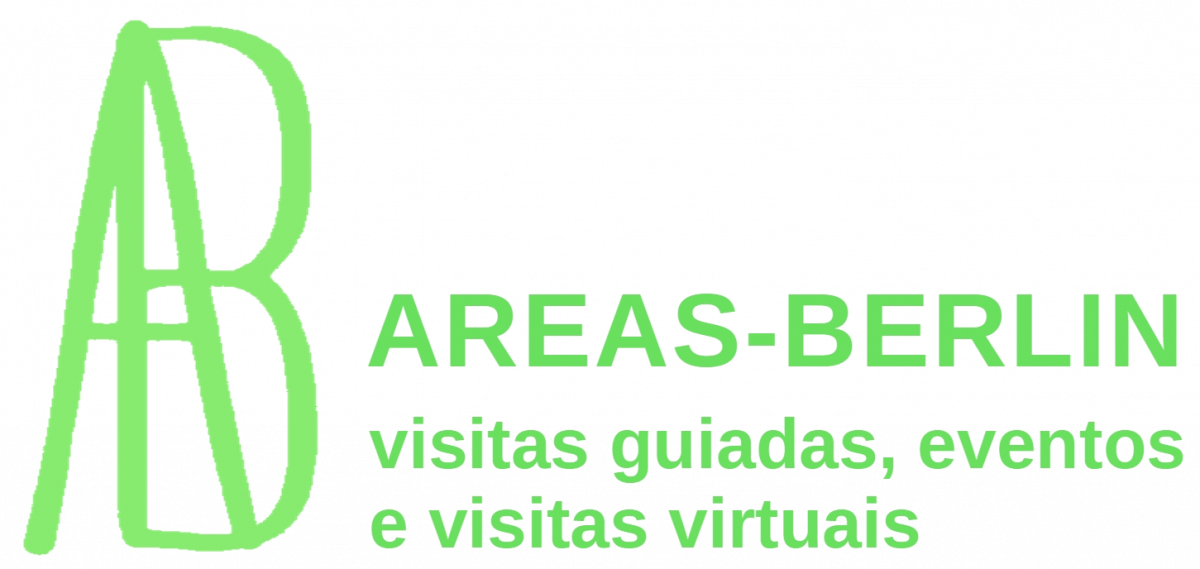These housing complexes, built between 1913 and 1934 in Berlin, influenced architecture, urbanism and government housing policy throughout the 20th century. Of the numerous complexes implanted in Berlin in the same period, six were elevated to cultural heritage of humanity by Unesco in 2008 – “Berlin Modernist Housing Estates”.
The Prussian capital reaches the 20th century bringing with it the housing problem, which is evidenced in the industrial revolution by the subhuman living conditions of the emerging proletariat. Unhealthiness prevailed in the tenements, polluted air, precarious food, exhausting working hours and low wages resulted in enormous discontent and revolts of the most disadvantaged classes.
Low productivity, premature death of workers and fear of the advancement of revolutionary ideas coming from the Russian revolution led to government solutions to “calm down” the revolts of the most disadvantaged layers of society. Mass housing construction was one of the most important of these.
Building healthy housing aimed to improve the health of the population, prolong people's lives and thus increase their yield in industrial production. “Light, air and sun for all” was the slogan behind the construction of new homes.
In the ways of building, speed and economy through the manufacture of standardized and mass-produced elements, as well as in the simple forms with colored facades and the conception of differentiated spaces, contributed to the identity of the new social architecture.
The six housing complexes were built in Berlin according to these principles and the historical and social context in which each one emerged, the techniques used in the construction of the houses, the differences between the constructive typologies adopted in each complex, are some of the aspects that will be addressed during our visits.
This activity is aimed at anyone interested in the subject of architecture or housing developments in particular, as well as the history of Berlin and Germany, but mainly architects and architecture students.
It is not possible to visit all six sets at once. It is necessary to combine an itinerary with Areas-Berlin.
The housing complexes are:

